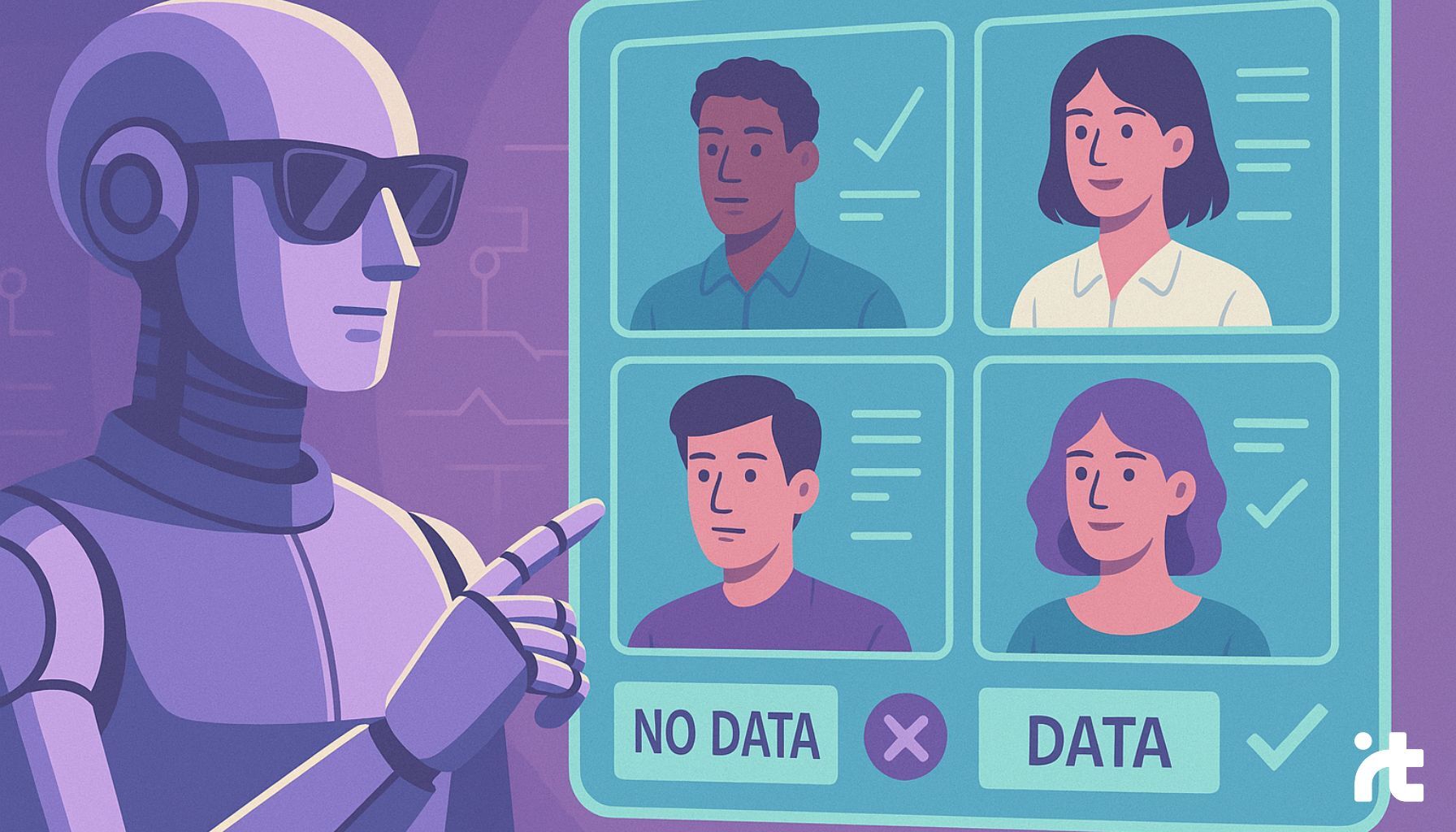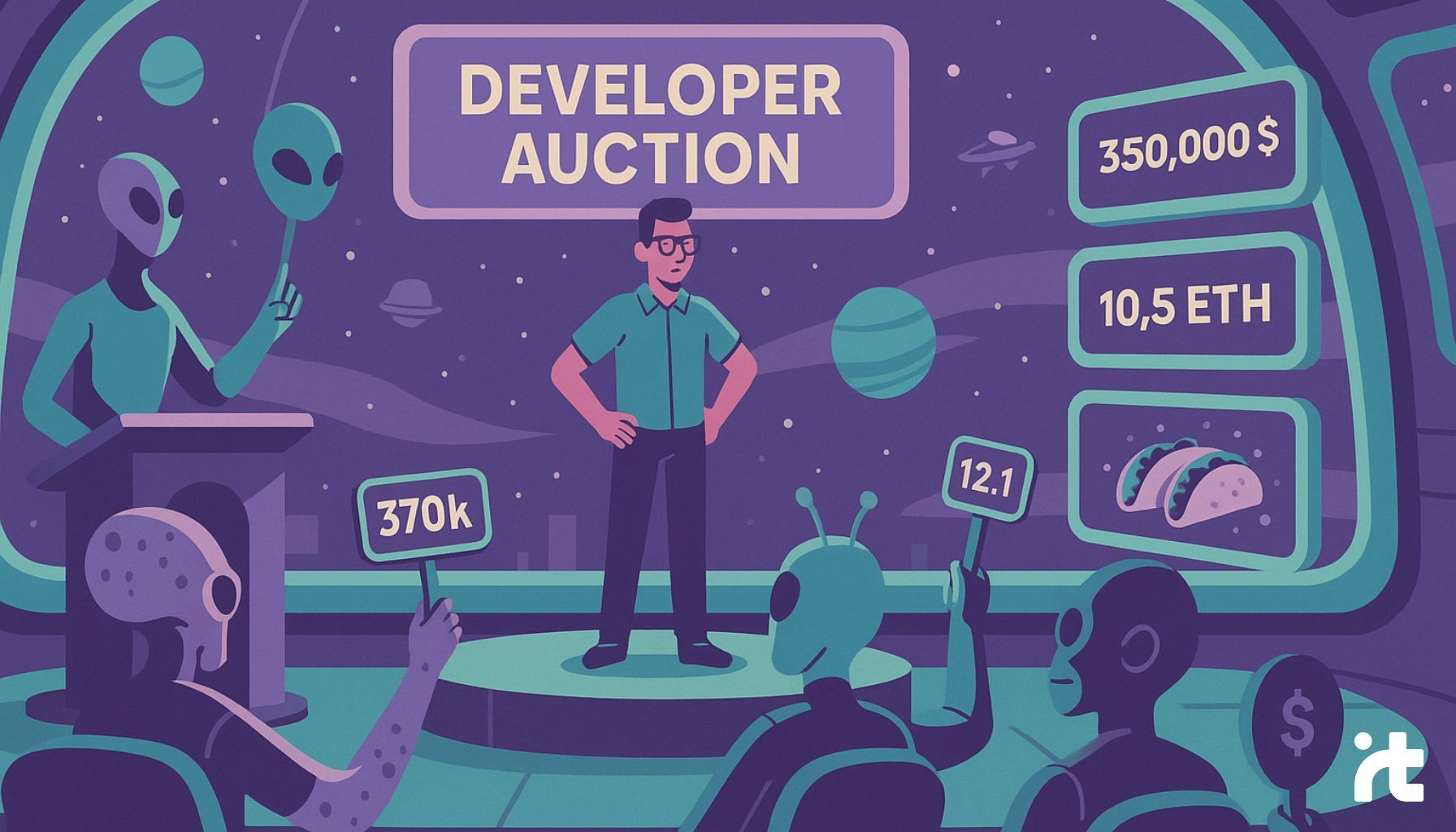In the exciting and ever-evolving world of recruitment, gut feelings and intuition are no longer enough when it comes to hiring top talent. Companies that embrace a data-driven approach are reaping stronger, more sustainable, and often surprising rewards.
But what’s really behind this success? Why are science and numbers outpacing guesswork?
Let’s dive in, with facts, examples, and an invitation to discover how the Smart Hiring Salary Guide 2025 for Latin America, created by Interfell, can become your best ally.
What Does “Data-Driven Hiring” Really Mean?
Data-driven hiring involves extracting, analyzing, and applying objective metrics from every stage of the recruitment process to make informed decisions.
It’s not just about reviewing résumés, conducting interviews, or making educated guesses; it’s about measuring each step: the source of candidates, their performance on technical assessments, the length of each stage in the process, and—later—the actual performance of those who were hired.
According to People Managing People (2024), data sources can range from Applicant Tracking Systems (ATS) and psychometric evaluations to web-traffic analytics for job postings, interview feedback, and internal retention metrics.
The Quantifiable Benefits of Data-Driven Hiring
Imagine you need to fish in a vast ocean. Casting your net blindfolded might catch some fish, but it will also waste time and resources. In contrast, if you know the currents, the best fishing zones, and the ideal season, your catches will be abundant and of high quality. This is precisely what data analysis brings to the recruitment process.
Making decisions based on data allows you to:
- Shorten time-to-fill by quickly identifying suitable profiles.
- Improve candidate quality by analyzing patterns of success and failure from previous hires.
- Optimize costs, avoiding both overpaying and underpaying—both of which can demotivate employees or cause you to lose top talent.
- Boost retention by aligning profiles with company culture and the real needs of the role.
A LinkedIn Talent Solutions study (2023) found that companies using advanced analytics in hiring are 82% more likely to retain key talent for over two years.
Impact of Data-Driven vs. Traditional Hiring KPIs
Source: SHRM Report, 2024
The Value of an Up-to-Date Salary Guide
Guesswork vs. Data: The Challenge of Compensation
When it comes to compensation, both large corporations and startups face the same problem: salary uncertainty. How can you know you’re offering a competitive wage without sacrificing flexibility? How do you guarantee internal equity without hindering hiring speed?
Without a precise compass, many employers drift blindly—either overpaying unnecessarily or, worse, offering salaries that scare away top talent.
An up-to-date salary guide, such as Interfell’s Smart Hiring 2025 Salary Guide for Latin America, breaks down compensation ranges by country, role type, years of experience, and English proficiency. By relying on real market data instead of guesswork, you can:
- Save time and resources: Negotiations start from validated ranges, reducing back-and-forth and minimizing the risk of rejected offers.
- Ensure internal and external equity by establishing pay scales aligned with market rates, thereby avoiding disparities that could lead to early turnover or demotivation.
- Maintain strategic flexibility: Adjust budgets according to priorities—e.g., invest more in a Senior Data Scientist while optimizing the hiring of a Frontend Developer in another market.
2025 Salary Ranges (Annual USD)
Based on the Smart Hiring 2025 Salary Guide for LATAM (Interfell)
By consulting this table, companies can quickly compare, for example, the cost of a Fullstack Developer in Mexico versus a DevOps Engineer in Colombia—calibrating their global budget and identifying “arbitrage” opportunities (always with an awareness of social responsibility and equity).
Interfell: Your Strategic Partner for Remote IT Hiring
In this data-driven scenario, Interfell stands out as an HR consultancy specializing in the remote acquisition of IT talent in Latin America and Spain. With over eight years of experience, Interfell has formed partnerships with more than 150 companies and connected over 1,850 highly qualified IT professionals.
_______________________________________________________________________________________
Download the Smart Hiring Salary Guide 2025 by Interfell for free
and discover IT salaries in LATAM, hiring trends, and strategies to recruit more effectively
_______________________________________________________________________________________
Why Interfell Is a Market Leader?
1. Remote Specialization
Interfell understands the nuances of hiring across different LATAM and Spanish jurisdictions, managing legal, contractual, and compliance aspects seamlessly.
2. Network of Over 50,000 Professionals
Access to a validated, diverse database minimizes search times and increases the chances of a perfect match.
3. Smart Hiring Methodology
Combines technical assessments, asynchronous interviews, and quality metrics to ensure each candidate meets project requirements precisely.
4. Smart Hiring 2025 Salary Guide
Now in its second edition, this guide has positioned Interfell among the most robust consultancies in the market by providing up-to-date, detailed compensation parameters for the region.
How the salary guide elevates Interfell’s value proposition
- Transparency: Demonstrate seriousness to candidates and stakeholders by grounding your offers in verified data.
- Speed: Starting negotiations from predefined ranges avoids unnecessary back-and-forth.
- Trust: Strengthen your employer brand; professionals perceive that their compensation is aligned with market standards.
- Adaptability: If economic conditions shift or certain skills (e.g., Python developers) become especially in demand, you can quickly update ranges.
Putting these resources to work
1. Determining the Total Payroll Budget
- By knowing salary ranges, a CFO can project the cost of expanding a dev team, a DataOps unit, or onboarding a SaaS Architect more accurately, avoiding surprises due to inflation or currency fluctuations.
2. Designing Competitive Compensation Packages
- There’s no secret formula: combine base salary + benefits (flexible hours, training, performance bonuses), but always starting from a point that confirms whether your offer is within or above the historical average.
3. Negotiating with Candidates
- Conversations focus on value: candidates don’t have to “beg” for raises; both parties begin from a data-backed standpoint. This leads to a smoother, more respectful experience.
4. Long-Term Retention
- By reviewing the Smart Hiring Salary Guide annually, salary adjustments stay aligned with market evolution, avoiding gaps that could cause turnover or frustration.
5. Proactive Hiring Strategies
- Knowing ranges for critical roles in advance lets you start conversations with potential candidates well before formally opening a vacancy, building a pipeline of top talent.
Final Words
The magic of data-driven hiring lies in turning rigorous analysis into tangible results: teams that fit together like perfectly calibrated gears, projects that move forward unimpeded, and growth prospects that materialize in record time.
In the complex, fast-paced dance of recruitment, where speed and precision make all the difference, relying on reliable inputs (like the Smart Hiring 2025 Salary Guide for Latin America and data-driven hiring practices) is not a luxury but a strategic necessity.
Interfell, with its proven track record, deep market knowledge of IT in LATAM and Spain, and a second-edition salary guide that has already become a benchmark, demonstrates that the alchemy between data and remote talent can create symphonies of productivity and retention.
For those seeking highly qualified talent under advantageous conditions, the question is not whether they should adopt a data-driven approach, but whether they are willing to be left behind while others move to the rhythm of innovation.
So, will you keep guessing, or are you ready for smart hiring?
Related Interfell Articles:
- Top Recruitment Trends in Latin America Tech Ecosystem for 2025
- Advantages of Having a Partner to Hire Offshore Talent in LATAM





